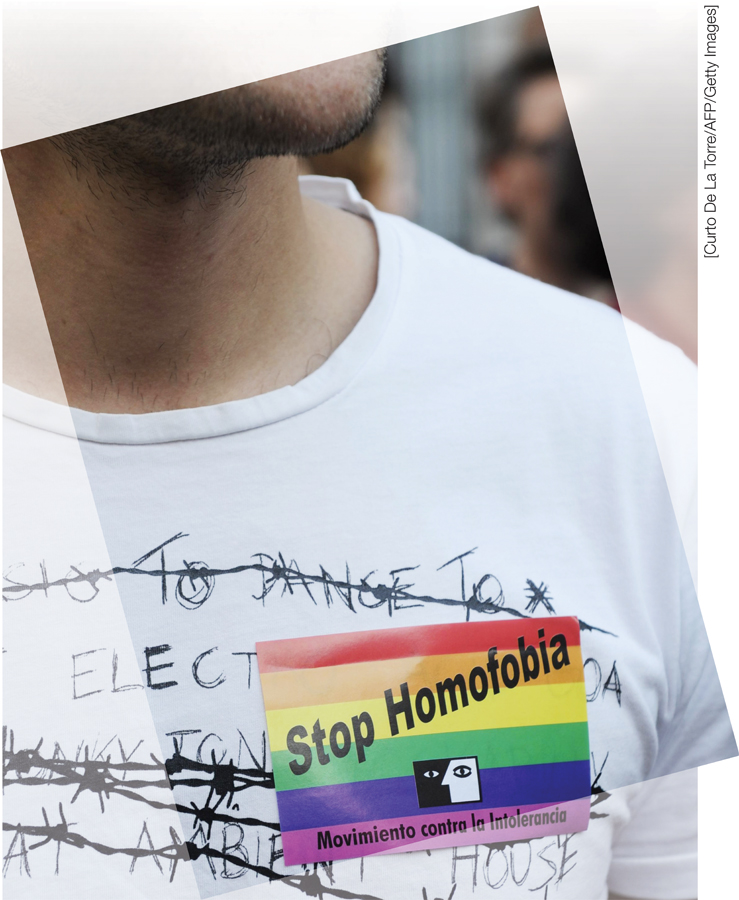Chapter Introduction
| CHAPTER | 11 |
Responding to and Reducing Prejudice
388

389
TOPIC OVERVIEW
Prejudice From a Target’s Perspective
Perceiving Prejudice and Discrimination
Application: Is Perceiving Prejudice Bad for Your Health?
The Harmful Impact of Stereotypes on Behavior
What’s a Target to Do? Coping With Stereotyping, Prejudice, and Discrimination

SOCIAL PSYCH OUT IN THE WORLD One Family’s Experience of Religious Prejudice -
Working From the Top Down: Changing the Culture
Connecting Across a Divide: Controlling Prejudice in Intergroup Interactions
Setting the Stage for Positive Change: The Contact Hypothesis
Reducing Prejudice Without Contact

SOCIAL PSYCH AT THE MOVIES Remember the Titans Final Thoughts
The previous chapter focused on the causes of prejudice, stereotyping, and discrimination and the motivations and cognitions of those who hold such attitudes and act in discriminatory ways. We should not be surprised that these biases often cause physical, psychological, and economic harm to those targeted. Throughout history, this harm has often been obvious and severe, as in atrocities such as genocide, enslavement, and colonization. And these atrocities often continue to affect the targeted groups many generations after their occurrence (e.g., Salzman, 2001). Less visible forms of discrimination in economic, legal, and social realms such as hiring, career advancement, health care, legal proceedings, and loan opportunities create further problems (e.g., Nelson, 2009; Riach & Rich, 2004; Stangor, 2009). And even subtler psychological effects of feeling devalued within one’s culture cause their own harm (e.g., Frable et al., 1990; Inzlicht et al., 2006). In all these ways, prejudice, stereotyping, and discrimination contribute to poverty and physical, behavioral, and mental-
In this chapter we will examine what happens psychologically to people who are targeted by prejudice and the ways in which they cope. We’ll look at the processes that influence how (and whether) people perceive the prejudice they experience and how they respond to it; how even subtle encounters with prejudice and stereotypes can affect one’s health, behavior, and performance; and how members of stigmatized groups can remain resilient in spite of social biases and discrimination. Then we’ll turn to understanding how individuals differ in their propensities for prejudice. We’ll conclude by covering some promising strategies that can be used to reduce prejudice.
390